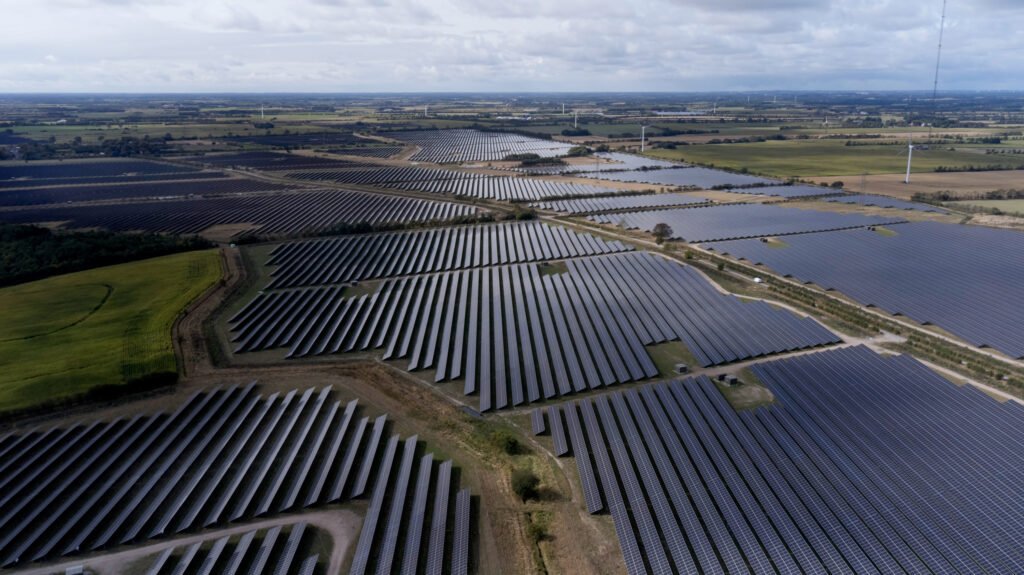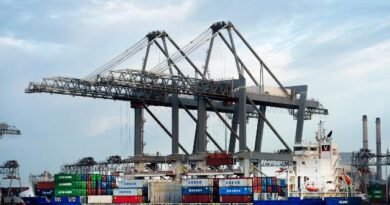SUNOTEC breaks the record: built solar parks with an output of 2.3 gigawatts
Market leader brings more than 70 new photovoltaic plants onto the grid.
Last year, SUNOTEC delivered photovoltaic projects with an output of around 2.3 gigawatts peak (GWp). 2022 turned out to be the most successful year in the company’s history, as the market leader in the construction of ground-mounted photovoltaic plants connected more than 70 new solar parks to the grid in Europe.

“2022 has shown us the extent to which war, climate crisis and uncertainty in energy supply impact on modern society. At the same time, it has become clear what a positive difference the solar industry can make”, says SUNOTEC CEO Bernhard Suchland.
The permanent workforce of Sunotec now numbers more than 1,000 employees. Together with a fleet of more than 400 specialized machines and vehicles they enable the company to make such a big contribution. For example, the largest solar power plant in Bulgaria, which SUNOTEC is building on the fringe of the Verila Mountains, approximately one hour south of the capital Sofia by road, will increase Bulgaria’s photovoltaic output by 12 percent. The Verila plant comprises 220,230 solar modules that will supply 124 megawatts peak. The planned completion date is sometime in spring 2023.
Building parks in difficult terrains
“With the total capacity installed by the industry last year, the world has taken another big step towards green energy security. Nevertheless, this can only be a beginning. The Federal Network Agency recently asserted that, for Germany alone, we need to bring an additional 1.5 gigawatts of solar power online every month if we want to meet the national government’s target of 215 gigawatts by 2030. We can only achieve this if we massively increase roll-out in all types of installations”, points out SUNOTEC CEO Bernhard Suchland.
Such enormous growth in a relatively short time is only achievable if land for solar plants is used as efficiently as possible, explains Founder and CEO Kaloyan Velichkov. In the case of solar parks, this ranges from former agricultural fields, where native wild plants are sown between and under the modules for more biodiversity, to the use of land that presents natural obstacles to farming. At the Verila solar park in Bulgaria, for example, company has to cope with hilly terrain that is sometimes as steep as 18 degrees.

SUNOTEC’s ability to register even greater growth in the number of gigawatts installed in 2023 depends on factors such as supply chains and approval procedures, says CEO Bernhard Suchland: “We are very positive about our prospects and, moreover, highly motivated after last year’s results.”
The first solar parks to be completed in 2023 include Doellen, Germany (91 MWp), Bubney, United Kingdom (40.4 MWp), Groot Roodehaan, The Netherlands (33.3 MWp). Numerous others are under construction.
About Sunotec
With more than 400 solar power plants having now been built and connected to the grid (total output of 6.3 GWp), SUNOTEC has made a significant contribution to a sustainable and green energy mix in Europe, Africa and the Middle East.




